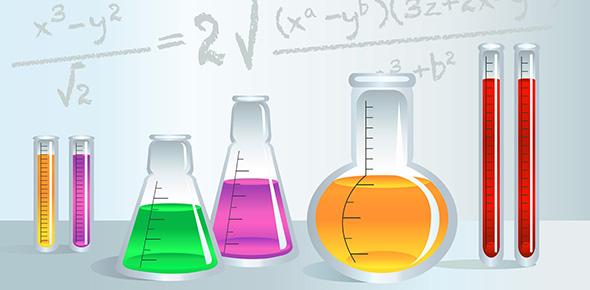Related Flashcards
Related Topics
Cards In This Set
| Front | Back |
|
A study type in which 2 or more treatments are imposed upon experimental units is called a
|
Manipulative study
|
|
A study type in which space or time serves as the "treatment" is a
|
Mensurative study
|
|
What are the 3 types of pseudoreplication?
|
1. simple pseudoreplication
2. sacrificial pseudoreplication 3. temporal pseudoreplication |
|
Pseudoreplication in which the same experimental unit is sampled multiple times is called
|
Simple pseudoreplication
|
|
Pseudoreplication in which samples from the same experimental unit are obtained over time is called
|
Temporal pseudoreplication
|
|
Pseudoreplication in which experimental units for true replicates were obtained, but the replicates were subsequently pooled for analysis is called.
|
Sacrificial pseudoreplication
|
|
Samples taken from the same experimental unit are not true replicates. Instead, they are called...
|
Subsamples
|
|
What are the three randomization approaches covered in class?
|
1. complete randomization
2. interspersion 3. systematic approaches |
|
Define complete randomization
|
Apply treatment to experimental units without regard to circumstances or underlying patterns of the study
|
|
Define interspersion
|
Stratify application of treatments to reflect underlying patterns or circumstances
|
|
Define systematic randomization
|
Apply treatments in a random but systematic way. a study design my be initiated randomly, but is then applied systematically.
|
|
What is happenstance data?
|
When regression or correlation is used innapropriately on data.
|
|
How does limiting the range of data create happenstance data?
|
If you use a limited range of data, the regression analysis may not give accurate results for the larger trend. eg. lung cancer occurence vs. number of smokes/day (if you limit to 40-50 a day, you may not see results); also temperature vs time (if you limit to one year you see different trend than if you look at many years.)h
|
|
How do inconsistent methods lead to happenstance data
|
If your detection limits decrease, you might see a correlation or regression between time and whatever you're measuring. example used ion concentration versus time.
|
|
How does extreme data lead to happenstance data
|
Two separated groups on a scatter plot would regress to show a steep incline when really there is no data in the middle to support such a regression. used example of salmon size vs. river water temp.
|







